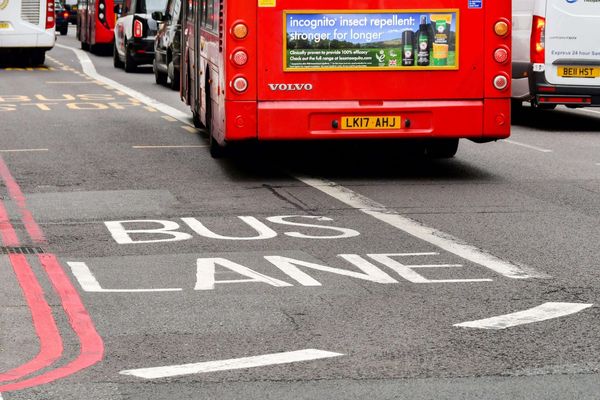
PANAJI: The Goa philatelic museum is set to be inaugurated this year in the erstwhile premises of the department of posts in Panaji, a centuries-old heritage building that overlooks the Latin quarter on one side and river Mandovi on the other.
This will be the second museum in India dedicated exclusively to philatelic material, after the National Philatelic Museum at New Delhi.
“This is a very important project because there is no other philatelic museum except for the one in Delhi. We want to make Goa the philatelic hub of India so much so that people that visit Goa must start the Panaji city tour with this museum, especially children,” said senior superintendent of posts (SSPO) Sudhir Jakhere.
A total of 75 frames will be permanently displayed at the museum with each frame capable of accommodating 16 A4-sized displays.
The philately museum will have three sections: Goan art, culture and heritage, Indian panorama and international philately. An audiovisual room and workshop room will offer a wide range of interactive sessions and curate exhibits. A separate research room and philatelic library is also being set up for philatelists and researchers to refer books for study.
“We intend to complete the works over the next three months,” the SSPO said.
“Philatelists throughout India and abroad can contribute to this museum. We will give due credit to all the contributors,” he added.
Goa post intends to set up a coordination team along with the philatelic bureaus across India and invite various school students and senior citizens to visit Goa and engage in symposia.
In the near future, Goa post also intends to set up a team of restoration experts who will work on the restoration of old products of philatelic significance.
TOI had reported on February 19, 2020, that the department of posts has got a new premises at Patto – the Tapal Bhavan – owing to which its head office in Panaji would be converted into a philatelic museum and will have on display a range of stamps including those showcasing the 180-year-old history of Goa post, some even dating back to the Portuguese era.







